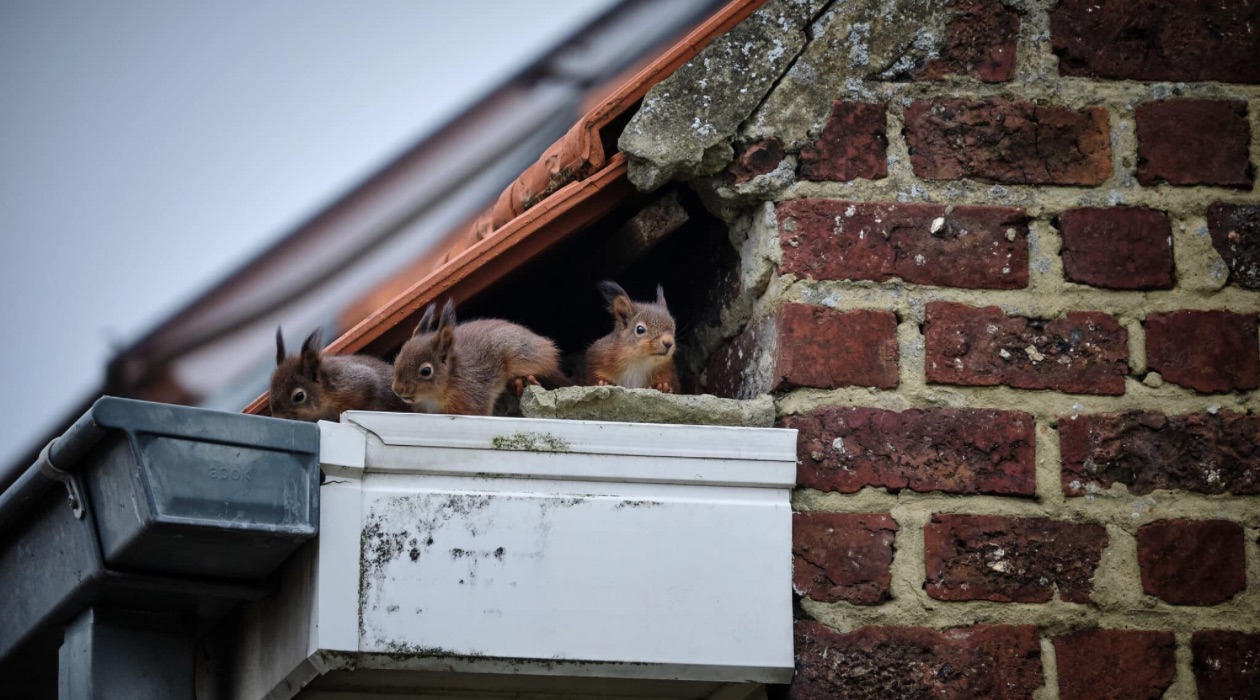

Articles
How To Get Rid Of Animals In The Attic
Modified: March 2, 2024
Learn effective techniques and proven methods to eliminate unwanted animals from your attic with our informative articles. Stop the nuisance and reclaim your living space today!
(Many of the links in this article redirect to a specific reviewed product. Your purchase of these products through affiliate links helps to generate commission for Storables.com, at no extra cost. Learn more)
Introduction
Welcome to our comprehensive guide on how to get rid of animals in the attic. Discovering that unwanted critters have invaded your attic can be a distressing experience. Not only can they cause damage to your property, but they can also pose health risks to you and your family. In this article, we will walk you through the steps to assess the animal intrusion, identify common animals found in attics, recognize signs of their presence, address health and safety concerns, learn about humane removal methods, explore prevention techniques, and discuss when it might be necessary to seek professional help.
Dealing with animals in the attic requires a systematic approach to ensure a safe and effective resolution. Before taking any action, it is crucial to accurately assess the situation and properly identify the type of animals you are dealing with. This knowledge will inform your actions and help you choose the most appropriate removal and prevention strategies.
Understanding the signs of animal presence in the attic is essential for prompt intervention. Animals typically leave behind visible clues, such as droppings, chewed wires or insulation, and scratching sounds. Recognizing these signs will allow you to take action before the problem escalates.
While it may be tempting to handle the situation on your own, it is important to prioritize safety and handle animal removal in a humane manner. In this guide, we will share effective methods for safely removing animals from your attic, including the use of live traps and exclusion techniques.
Preventing future animal intrusions is equally important to ensure long-term success. We will discuss a range of preventative measures you can take, such as sealing entry points, trimming trees near your house, and removing potential food sources. These measures will help safeguard your attic and prevent recurring infestations.
In some cases, seeking professional help may be necessary. Professional wildlife removal experts have the knowledge, experience, and equipment to handle more complex situations and ensure the safe removal of animals with minimal disruption to your home. We will explore situations in which professional assistance is recommended.
Getting rid of animals in the attic can be a daunting task, but with the right approach and knowledge, you can effectively address the issue and restore peace of mind to your home. Let’s dive into the details and learn how to safely and effectively handle animal intrusions in your attic.
Key Takeaways:
- Safely and effectively address animal intrusions in your attic by assessing the situation, identifying common animals, and prioritizing humane removal methods. Prevention and professional help are key for long-term success.
- Protect your home and family by recognizing signs of animal presence, addressing health and safety concerns, and implementing humane removal and prevention techniques. Professional help may be necessary for complex infestations.
Read more: How To Get Rid Of Possums In Your Attic
Assessing the Animal Intrusion
The first step in getting rid of animals in the attic is to assess the extent of the intrusion. This involves gathering information about the animals present, their entry points, and the potential damage they may have caused. By thoroughly assessing the situation, you can develop a targeted plan of action to effectively address the problem.
Here are some key steps to consider when assessing the animal intrusion:
- Identify the type of animal: Different animals require different removal techniques. Identify the species by examining any droppings, tracks, or damage they may have caused. If you’re unsure, consult with a wildlife expert or pest control professional.
- Look for entry points: Inspect the exterior of your home for any openings or gaps that animals may have used to gain access to your attic. Check for loose or damaged vents, gaps in the roofing, or holes in the siding.
- Assess the extent of the damage: Inside the attic, look for signs of destruction and damage caused by the animals. This can include chewed wires, insulation, nesting materials, or scratched surfaces. Take note of any areas that require repair or reinforcement.
- Consider the time of year: Animals seeking shelter in attics often do so during specific seasons. Understanding the timing can help you determine the urgency of removing them and implementing prevention measures.
- Observe any behavior patterns: Note any patterns or routines the animals may have established. This information can be useful in implementing removal and prevention strategies.
Documenting your findings through notes and photographs can be helpful for reference and when discussing the situation with professionals. It is important to approach the assessment process with caution, ensuring your personal safety and avoiding direct contact with the animals or their droppings. If you suspect the presence of any hazardous animals, such as raccoons or bats, it is best to consult with a wildlife professional for assistance.
Once you have completed a thorough assessment, you will have a clearer understanding of the specific challenges you face and can move forward with appropriate removal and prevention strategies. Remember, each animal intrusion is unique, so adapting your approach based on the assessment will optimize your chances of successfully resolving the issue.
Common Animals Found in Attics
Attics provide a warm and sheltered environment for various animals to seek refuge. Understanding the common types of animals that invade attics can help you identify the specific challenges you may encounter during the removal process. Here are some of the most frequently found animals in attics:
- Rats and Mice: These small rodents are attracted to attics for the warmth and abundance of nesting materials. They can cause damage by gnawing on wires and insulation, and they can spread diseases through their droppings.
- Squirrels: Squirrels are notorious attic intruders, especially during the colder months when they seek a secure place for nesting. They can cause significant damage to wooden structures, insulation, and electrical wiring. Squirrels are agile climbers and can easily access attics through trees or gaps in the roof.
- Raccoons: Raccoons are highly adaptive and can easily find their way into attics. They are larger animals and can cause major destruction, including tearing up insulation, damaging ductwork, and creating large nests. Raccoons are potential carriers of diseases such as rabies.
- Bats: Bats are known to roost in attics, seeking shelter during the day and venturing out at night to feed. They can enter through small gaps or openings and can be difficult to remove due to their nocturnal habits and protected status. Bats can pose health risks, as their droppings (guano) can harbor harmful fungal spores.
- Birds: Some bird species, such as pigeons, starlings, or sparrows, may find their way into attics, attracted by the warmth and safety they offer. Birds can create noise, leave droppings, block vents, and damage building materials. They may also attract additional pests, such as bird mites.
These are just a few examples of the animals commonly found in attics, but there may be variations depending on your geographical location. It’s important to properly identify the specific animal(s) in your attic to determine the most effective and humane removal methods.
Keep in mind that attempting to handle the removal of certain animals, such as bats or raccoons, on your own can be risky due to their potential to carry diseases or cause harm. In such cases, it is advisable to seek professional assistance to ensure both your safety and the humane removal of the animals.
Now that you have a better understanding of the common animals that may be causing havoc in your attic, you can proceed to take appropriate action to address the issue effectively.
Signs of Animal Presence in the Attic
Identifying the signs of animal presence in your attic is crucial in determining whether you have an infestation and what type of animals you may be dealing with. By recognizing these signs early on, you can take prompt action to address the problem and prevent further damage. Here are some common indicators of animal presence in the attic:
- Noises: Scratching, scurrying, thumping, or vocal sounds coming from the attic are often the first and most obvious signs of an animal infestation. These sounds can occur both during the day and at night, depending on the species.
- Droppings: Animal droppings are a clear indication of their presence. The size, shape, and color of the droppings can help you identify the specific animal. Remember to use gloves and take precautions when handling droppings, as they may carry disease-causing pathogens.
- Tracks: Look for footprints or tracks on dusty surfaces or insulation in the attic. Different animals leave distinct tracks that can help you identify their presence. Use caution when examining tracks, as some animals may be aggressive or carry diseases.
- Chewed Wires or Insulation: Animals like rodents have a strong urge to chew, and they may target wires or insulation in your attic. Check for any damaged wires, frayed cables, or insulation that appears chewed or disturbed.
- Entry Points: Animals need to find a way into your attic, so look for entry points along the exterior of your home. Check for gaps or openings around vents, soffits, roof edges, or damaged portions of the building structure.
- Nesting Materials: Some animals, such as squirrels or birds, may use your attic as a nesting site. Look for nests made of twigs, leaves, insulation, or other materials. Nesting materials can be found in corners, behind insulation, or in other secluded areas.
- Unpleasant Odors: If you notice a persistent foul smell emanating from your attic, it may be a sign of animal droppings, urine, or decay. Animals tend to use specific areas of the attic as their den or toilet, which can lead to strong odors.
It’s important to note that different animals may leave different signs, so it’s essential to carefully observe and document any evidence you find. This information will not only help you identify the type of animal but also assist professionals in formulating the appropriate removal and prevention strategies.
Remember, when investigating signs of animal presence, it is crucial to prioritize your safety. Some animals, such as raccoons or bats, can be aggressive or carry diseases. If you suspect the presence of these animals or encounter any difficulties, it’s best to seek assistance from a professional wildlife removal service.
By paying attention to these signs and taking appropriate action, you can effectively address the animal infestation in your attic and restore the safety and comfort of your home.
Health and Safety Concerns
Dealing with animals in the attic involves more than just property damage. There are several health and safety concerns associated with these infestations that should not be taken lightly. By understanding these risks, you can take necessary precautions to protect yourself and your family. Here are some of the key health and safety concerns to be aware of:
- Spread of Diseases: Animals, such as rodents, bats, and raccoons, can carry and transmit various diseases through their droppings, urine, or bites. These diseases can pose serious health risks to humans, including hantavirus, leptospirosis, rabies, and histoplasmosis.
- Allergies and Asthma: Animal droppings and dander can trigger allergies and asthma symptoms, especially in individuals with pre-existing respiratory conditions. These allergens can become airborne and circulate throughout the home, affecting indoor air quality.
- Bites and Scratches: Some animals, when cornered or feeling threatened, may act defensively and bite or scratch. This can lead to injuries and potential infections. It is important to exercise caution and avoid direct contact with wild or trapped animals.
- Property Damage: Animals in the attic can cause significant damage to insulation, wiring, ductwork, structural components, and personal belongings. This damage can compromise the safety and integrity of your home and may require costly repairs.
- Fire Hazard: Animals, particularly rodents, have a tendency to gnaw on electrical wires, increasing the risk of electrical malfunctions and potential fires. This is a serious hazard that should not be neglected.
- Secondary Pests: Animal infestations can attract secondary pests, such as insects, parasites, or mites, which can further exacerbate health concerns and cause additional property damage.
To minimize health and safety risks associated with animal intrusions in the attic, it is advisable to take the following precautions:
- Avoid Direct Contact: Do not attempt to handle or touch wild animals or their droppings without proper protection. Wear gloves, masks, and other appropriate personal protective equipment when necessary.
- Seek Professional Help: For complex or hazardous situations, involving wildlife professionals or pest control experts is recommended. They have the knowledge, tools, and experience to handle the situation safely and effectively.
- Clean and Disinfect: If you need to clean up animal droppings or contaminated materials, follow proper cleaning protocols. Use disinfectants and ensure proper ventilation to minimize exposure to harmful airborne particles.
- Secure Entrances: Seal any entry points that animals may use to access your attic. This will prevent future infestations and reduce the risk of property damage and health hazards.
- Maintain Good Hygiene: Practice good hygiene and wash your hands thoroughly after handling any materials or surfaces potentially contaminated by animals or their droppings.
By addressing health and safety concerns proactively, you can ensure the well-being of your household while resolving the animal intrusion in your attic.
Seal all entry points to prevent animals from getting into the attic. Use traps or repellents to remove existing animals, and consider hiring a professional for safe and effective removal.
Read more: How To Get Rid Of Rodents In Your Attic
Removing Animals Humanely
When it comes to getting rid of animals in the attic, it is important to prioritize their humane removal. Taking ethical considerations into account ensures the well-being of the animals while effectively resolving the infestation. Here are some humane methods to consider when removing animals from your attic:
- Live Traps: Live trapping is a widely used method to safely capture animals without causing harm. Select a trap appropriate for the species you’re dealing with, and place it strategically in the attic. Bait the trap with a food source that is attractive to the animal. Once captured, release the animal in a suitable natural habitat far away from your home.
- Exclusion Techniques: Exclusion involves preventing animals from re-entering your attic while allowing them to leave on their own. Identify and seal potential entry points, such as gaps, holes, or damaged vents. Use materials like wire mesh, steel wool, or caulk to effectively block access without trapping the animals inside.
- Ultrasonic Repellents: Ultrasonic devices emit high-frequency sound waves that are unpleasant to animals. These devices can be used as a deterrent to keep animals away from your attic. However, it is important to note that these devices may not work effectively for all species or infestations.
- Natural Repellents: Some animals have natural aversions to certain smells or substances. Utilize natural repellents, such as predator urine or plant-based deterrents, to discourage animals from entering your attic. These repellents can be applied around entry points or incorporated into traps or exclusion devices.
- Professional Wildlife Services: If the infestation is extensive or involves potentially dangerous animals, it is advisable to seek assistance from professional wildlife removal services. These experts have the knowledge, experience, and equipment to safely and humanely remove the animals from your attic.
Regardless of the method you choose, it is important to proceed with caution to avoid causing harm to the animals or compromising their well-being. Here are some general guidelines to follow:
- Research and Preparation: Educate yourself about the specific species you are dealing with, their behaviors, and appropriate removal techniques. Understand local regulations regarding the humane treatment of animals.
- Ensure Animal Freedom: Whenever possible, release captured animals in suitable habitats away from human populations. Ensure they have access to water, food sources, and shelter to increase their chances of survival.
- Check for Dependents: Before sealing entry points or removing animals, ensure that there are no dependent offspring left behind. If there are, make efforts to reunite them or contact a professional for assistance.
- Monitor and Evaluate: Once the animals are removed, closely monitor the attic to ensure that no new intrusions occur. Regularly inspect for signs of re-entry or activity and promptly address any potential entry points.
By employing humane removal methods and adhering to ethical considerations, you can effectively resolve the animal intrusion in your attic while treating the animals with compassion and respect.
Prevention Methods
Preventing future animal intrusions in your attic is key to maintaining a pest-free and secure home. By implementing effective prevention methods, you can minimize the risk of animals re-infesting your attic and causing further damage. Here are some essential prevention techniques to consider:
- Seal Entry Points: Conduct a thorough inspection of your home’s exterior and identify any potential entry points. Seal gaps, holes, or damaged areas using sturdy materials such as wire mesh, steel wool, or caulk. Pay attention to areas around vents, chimney flues, soffits, and roof edges.
- Trim Tree Branches: Trees close to your home can act as pathways for animals to enter your attic. Trim tree branches that overhang or touch your roof to eliminate easy access points. Maintaining a distance between trees and your home creates a natural deterrent.
- Secure Trash and Food Sources: Ensure that your garbage bins have tight lids and are stored away from your home. This prevents attracting animals with easily accessible food sources. Also, secure compost bins and bird feeders, as they can attract wildlife and indirectly lead them to your attic.
- Maintain Your Home: Regularly inspect and maintain your home’s exterior to prevent potential entry points. Replace damaged or missing roof tiles, repair eaves and soffits, and ensure that windows and doors are properly screened and sealed.
- Install Vent Covers: Securely cover attic vents and openings with mesh or wire screens to prevent animals from entering. These covers allow proper ventilation while acting as a barrier to keep unwanted critters out.
- Keep Attic Clean and Organized: A clean and clutter-free attic reduces the appeal for animals seeking shelter. Regularly remove debris, old boxes, and unnecessary items. This eliminates potential nesting materials and hiding spots.
- Address Water and Moisture Issues: Animals are attracted to moisture-rich environments. Fix any leaks or water damage in your attic. Ensure proper ventilation to prevent excessive humidity buildup, which can attract animals seeking water sources.
- Install Motion-Activated Lights and Alarms: Motion-activated lights or alarms can startle and deter animals from entering your property. Install these devices near vulnerable areas, such as the attic access point or potential entry points on the exterior of your home.
Remember, prevention is key to avoiding future animal infestations. Implementing these prevention methods not only helps protect your attic but also safeguards your home from potential property damage and health hazards associated with animal intrusions.
Regularly inspect and maintain the condition of your attic and the exterior of your home to identify and address any vulnerabilities promptly. By taking these preventive measures, you can create an inhospitable environment for unwanted visitors and ensure long-term peace of mind.
Professional Help
While there are numerous do-it-yourself approaches to remove animals from your attic, some situations may require the expertise of professional wildlife removal services. Professional help ensures that the animal infestation is handled safely, efficiently, and in compliance with legal regulations. Here are some instances where seeking professional assistance is recommended:
- Dangerous Animals: Dealing with certain animals, such as raccoons, bats, or venomous snakes, can be hazardous. These animals may carry diseases, exhibit aggressive behavior, or pose health risks. Professionals have the knowledge, experience, and tools necessary to handle these situations safely.
- Difficult Access: If your attic has limited access or is located in hard-to-reach areas, it may be challenging to effectively remove animals on your own. Wildlife professionals are equipped with the necessary equipment and techniques to navigate tight spaces and safely remove animals.
- Special Permits or Licenses: Removal of certain protected or endangered species may require permits or licenses. Professional wildlife removal services are familiar with such regulations and can assist in obtaining the necessary permissions for legal and ethical removal.
- Nesting Offspring: If there are nesting offspring in your attic, it is crucial to handle the situation with care. Removing or relocating the adult animal without reuniting them with their young can be detrimental. Wildlife professionals can ensure safe removal while considering the well-being of dependent offspring.
- Proven Infestation: If your attempts to address the animal infestation have been unsuccessful, it may indicate a more significant infestation or complications. Wildlife professionals can conduct thorough assessments, employ advanced removal techniques, and provide long-term solutions to prevent future infestations.
- Expertise in Humane Removal: Professional wildlife removal services have the expertise and knowledge to remove animals humanely. They are well-versed in ethical trapping and exclusion methods, minimizing the stress and harm to animals during the removal process.
When choosing a professional wildlife removal service, consider the following factors:
- Experience and Credentials: Look for companies with extensive experience in wildlife removal and positive customer reviews. Verify their licenses, certifications, and insurance coverage.
- Humane Approaches: Inquire about their methods to ensure they prioritize humane and ethical removal techniques.
- Long-Term Solutions: Seek professionals who offer comprehensive services, including prevention strategies to minimize the risk of future infestations.
- Transparent Pricing: Request detailed pricing information and ensure they provide clear explanations of the services included.
- Guarantees and Warranties: Inquire about any guarantees or warranties they offer for their work to provide you with peace of mind.
Professional help can save you time, effort, and potential risks associated with handling an animal infestation on your own. Their expertise ensures a safe and effective resolution to the problem while prioritizing the well-being of both you and the animals involved.
Consider reaching out to reputable wildlife removal services in your area to assess your situation and determine the most suitable course of action.
Conclusion
Dealing with animals in the attic can be a stressful and challenging ordeal. However, by following the steps outlined in this comprehensive guide, you can effectively address the issue and restore peace of mind to your home.
Assessing the animal intrusion, identifying the common animals found in attics, and recognizing the signs of their presence are essential first steps in tackling the problem. Understanding the health and safety concerns associated with animal infestations emphasizes the importance of taking appropriate precautions throughout the removal process.
When it comes to removing animals from the attic, always prioritize humane methods. Live traps, exclusion techniques, and natural deterrents provide effective and ethical approaches to safely remove animals from your property. In more complex situations or when dealing with dangerous animals, seeking professional help ensures both your safety and the well-being of the animals.
Prevention is key to avoiding future infestations. Take the necessary steps to seal entry points, maintain the cleanliness of your attic, secure food sources, and monitor for potential vulnerabilities. By implementing these preventive measures, you can minimize the risk of animals re-entering your attic and causing further damage.
Remember, the well-being and safety of both you and the animals should always be at the forefront of your actions. Consider your local laws, regulations, and ethical standards when dealing with animal intrusions in your attic.
We hope this guide has provided you with valuable insights on how to get rid of animals in the attic. By following these recommendations, you can effectively address the issue, create a pest-free environment, and ensure the comfort and security of your home.
Frequently Asked Questions about How To Get Rid Of Animals In The Attic
Was this page helpful?
At Storables.com, we guarantee accurate and reliable information. Our content, validated by Expert Board Contributors, is crafted following stringent Editorial Policies. We're committed to providing you with well-researched, expert-backed insights for all your informational needs.
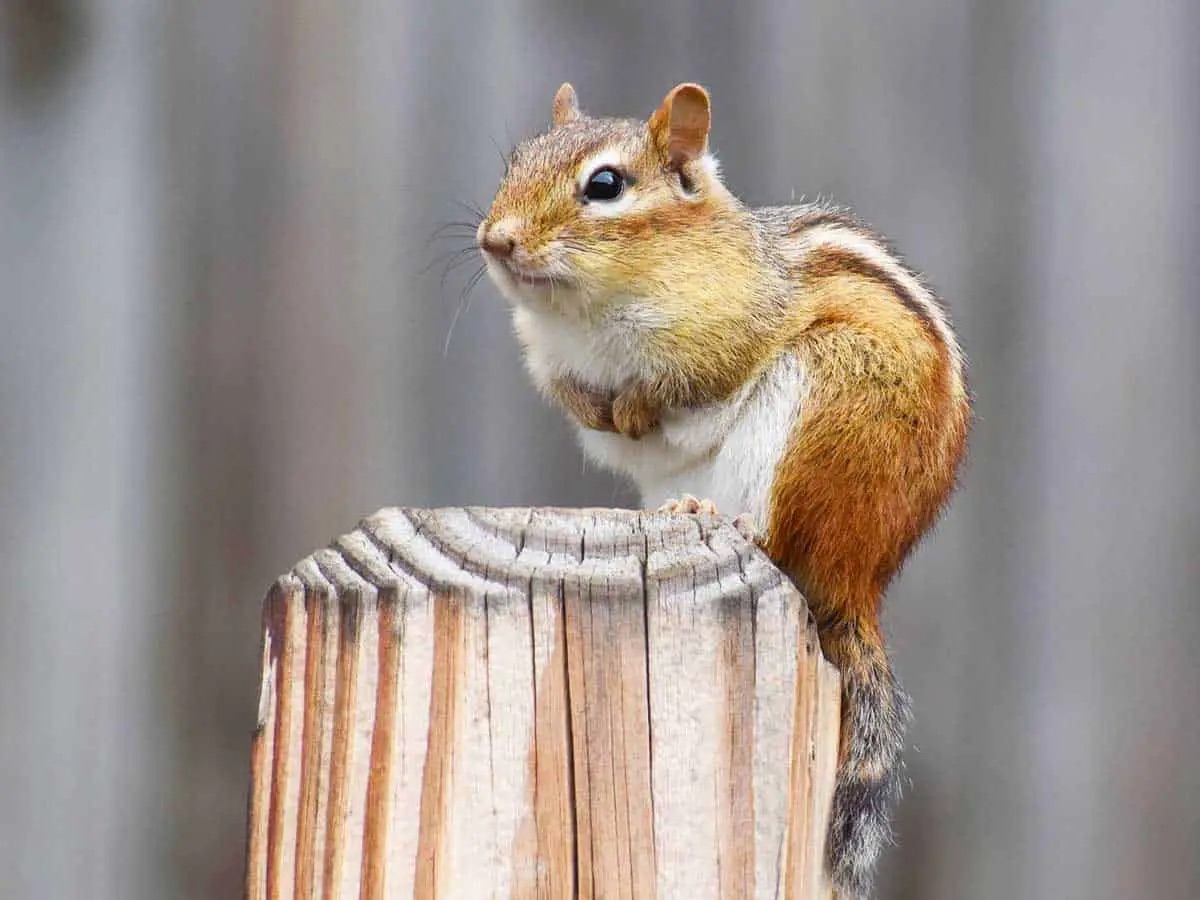
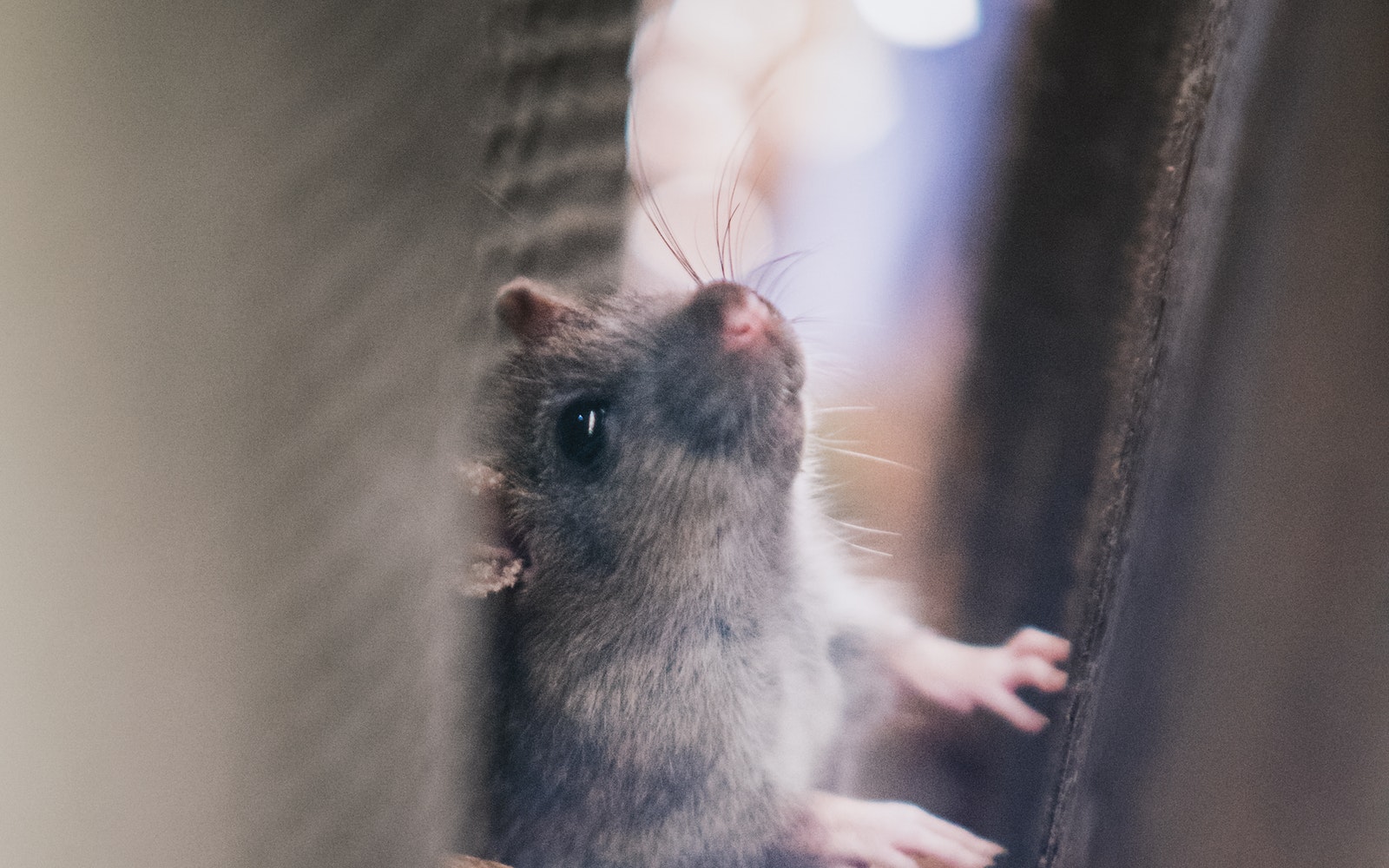
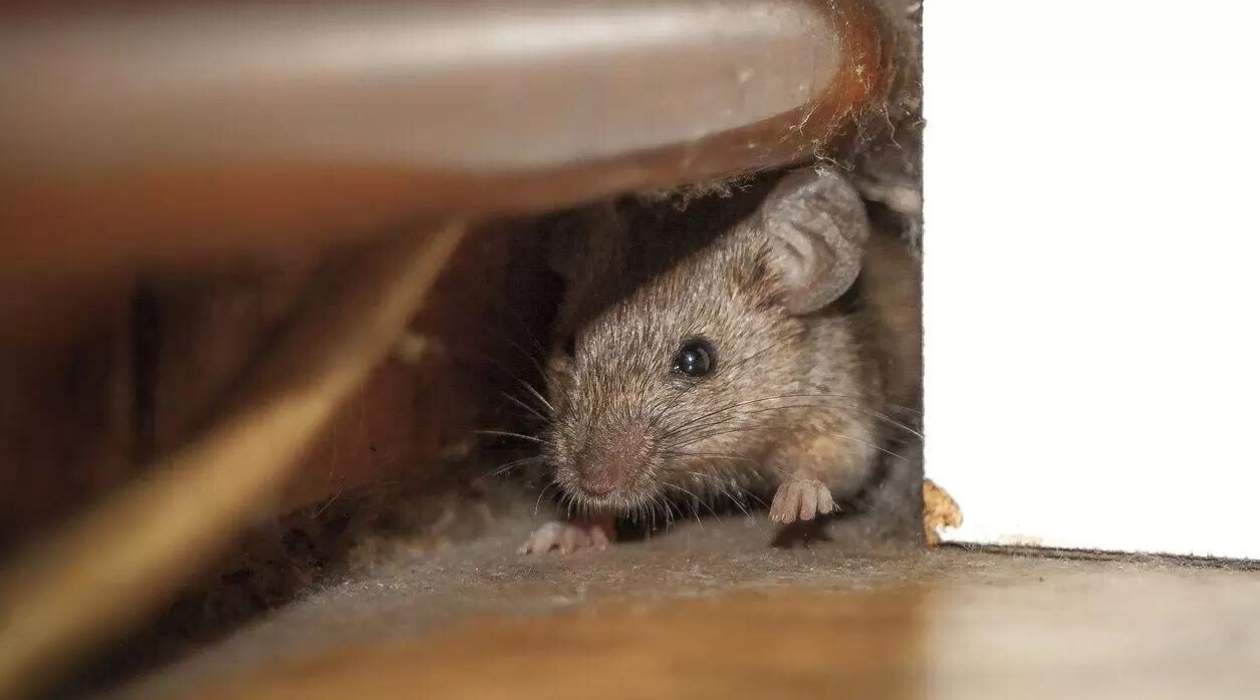
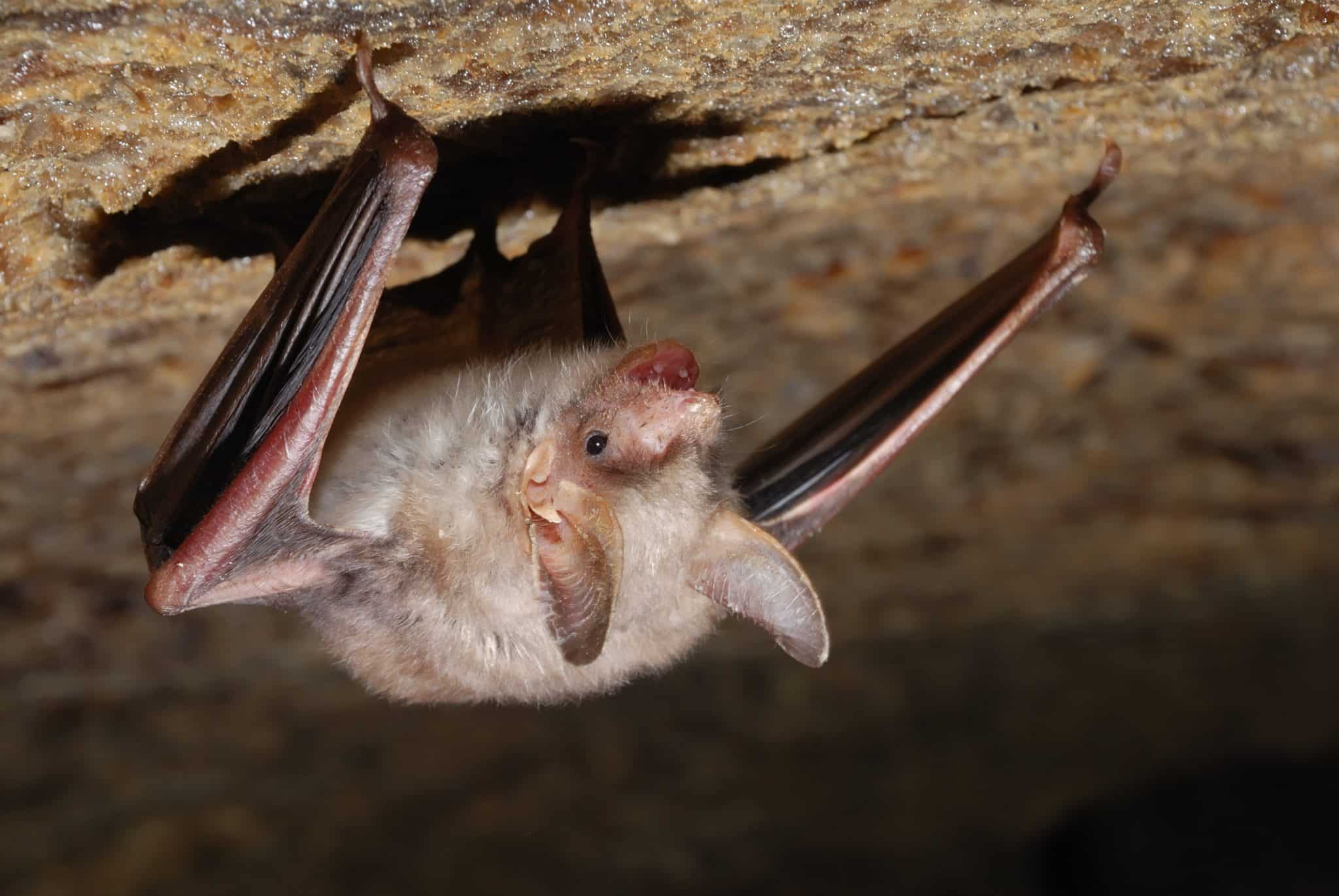
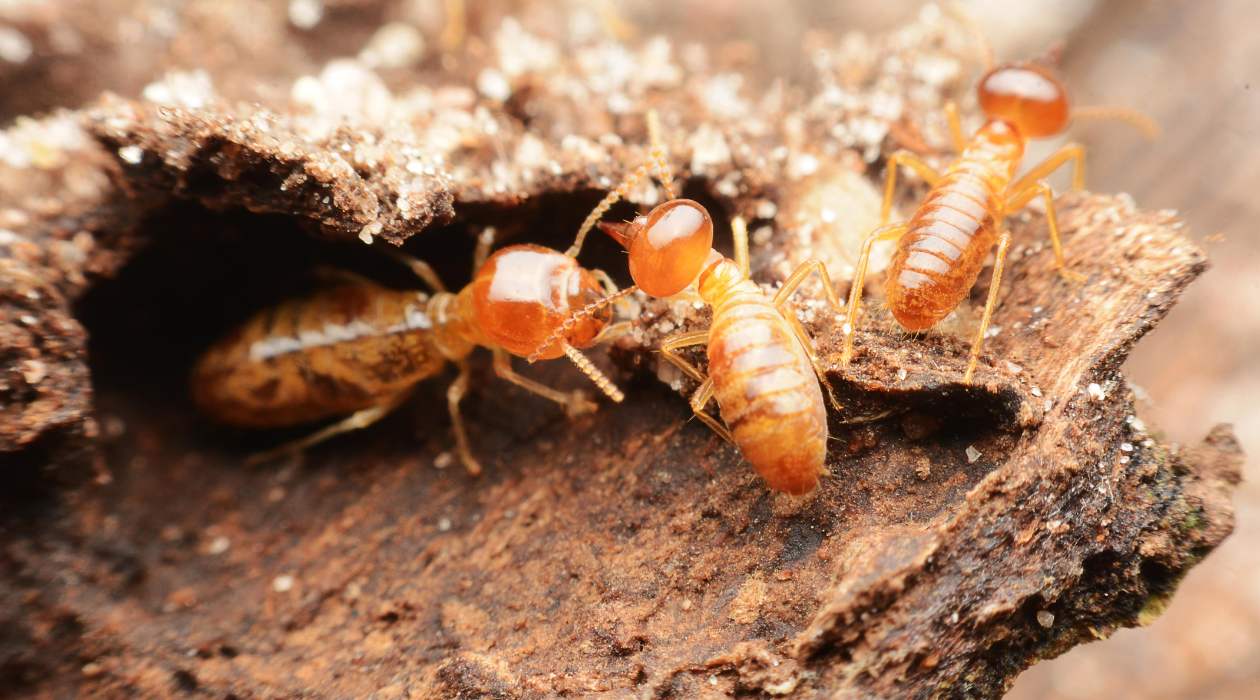
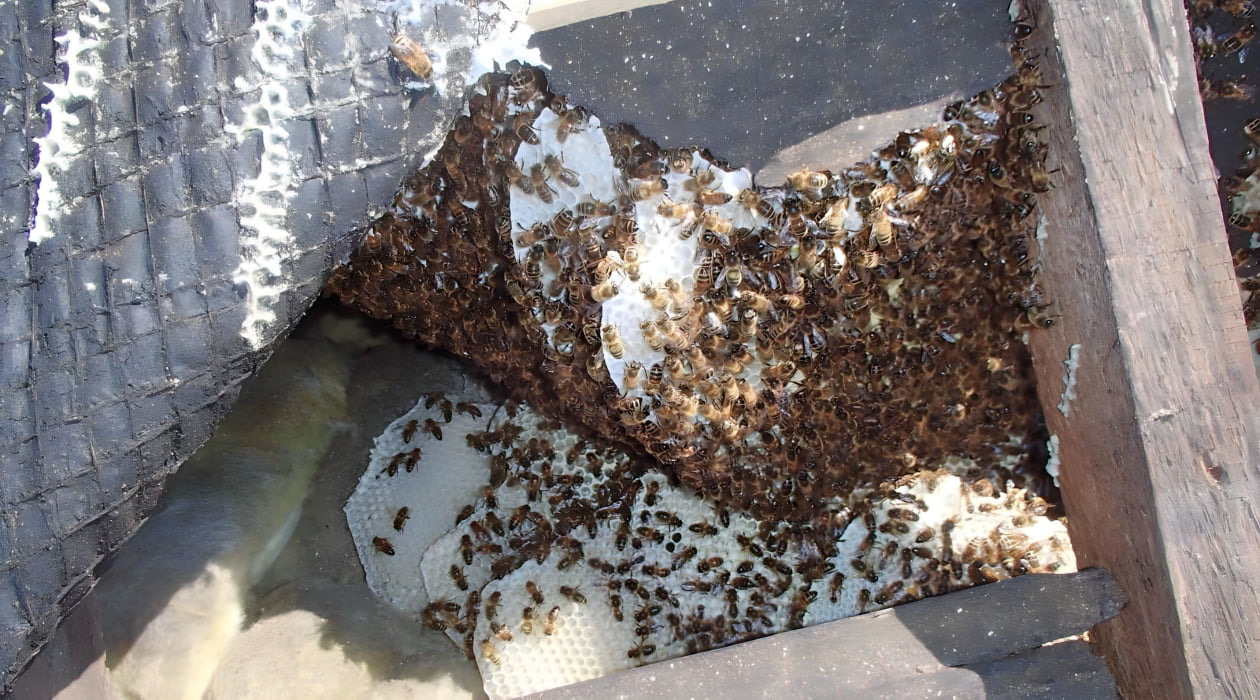
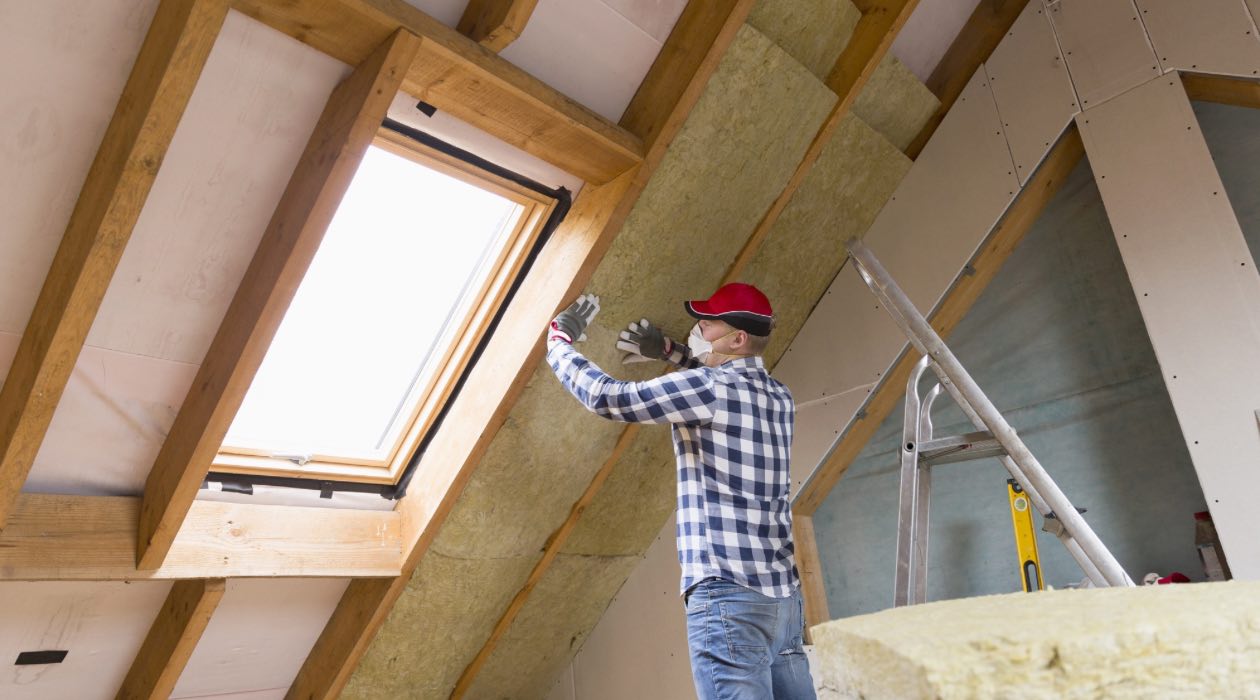
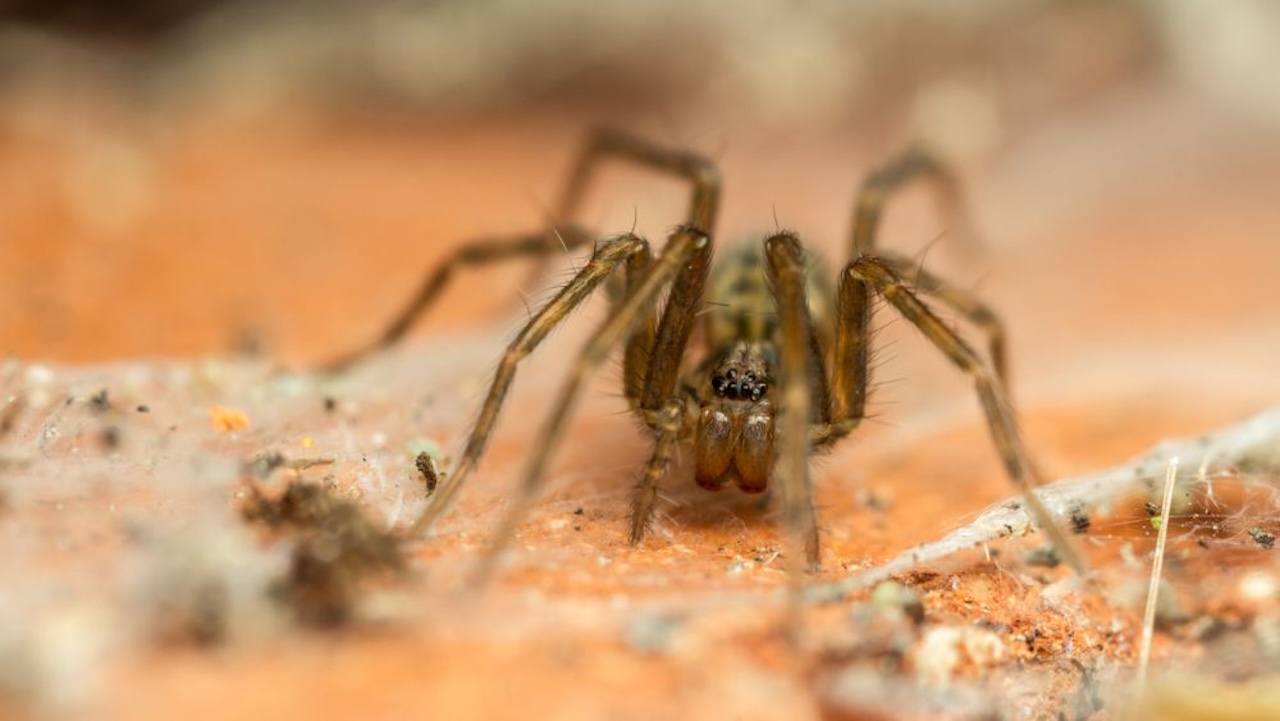
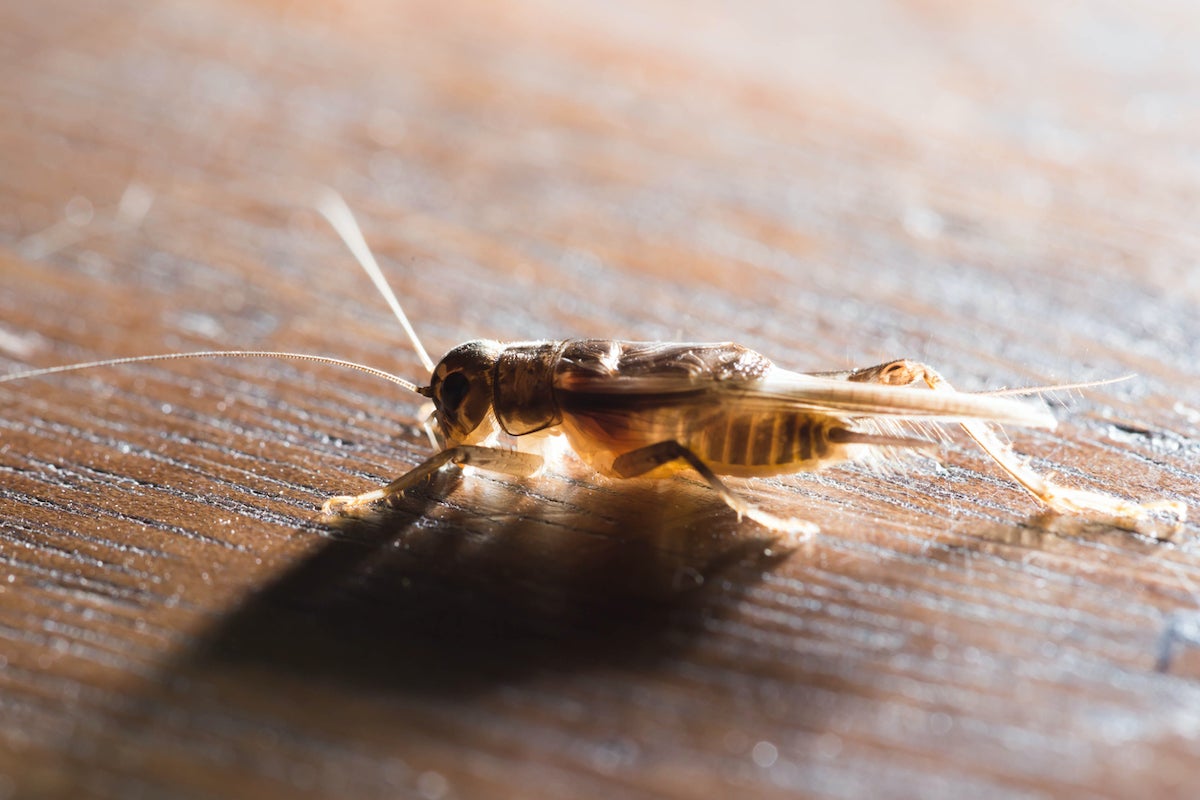

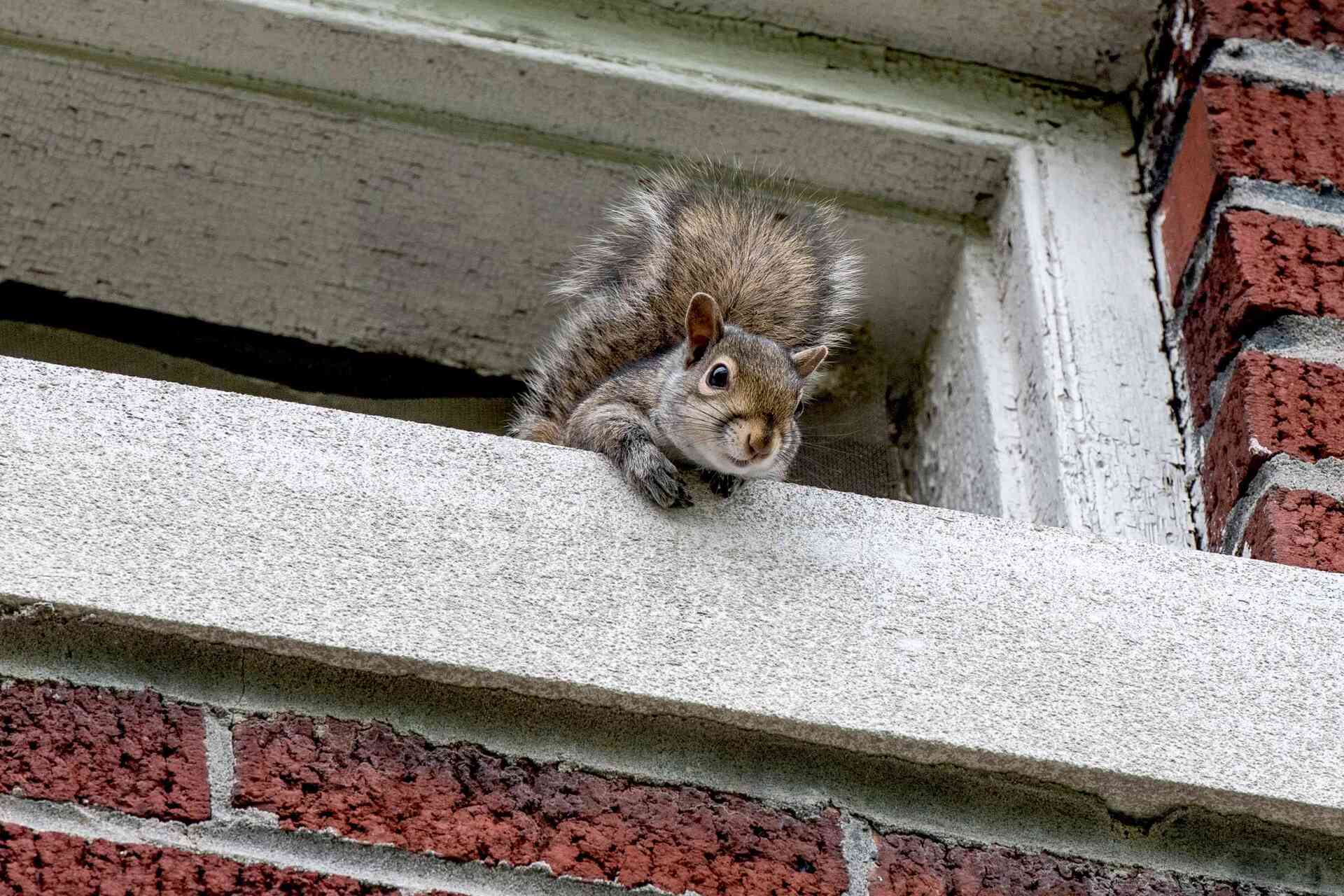
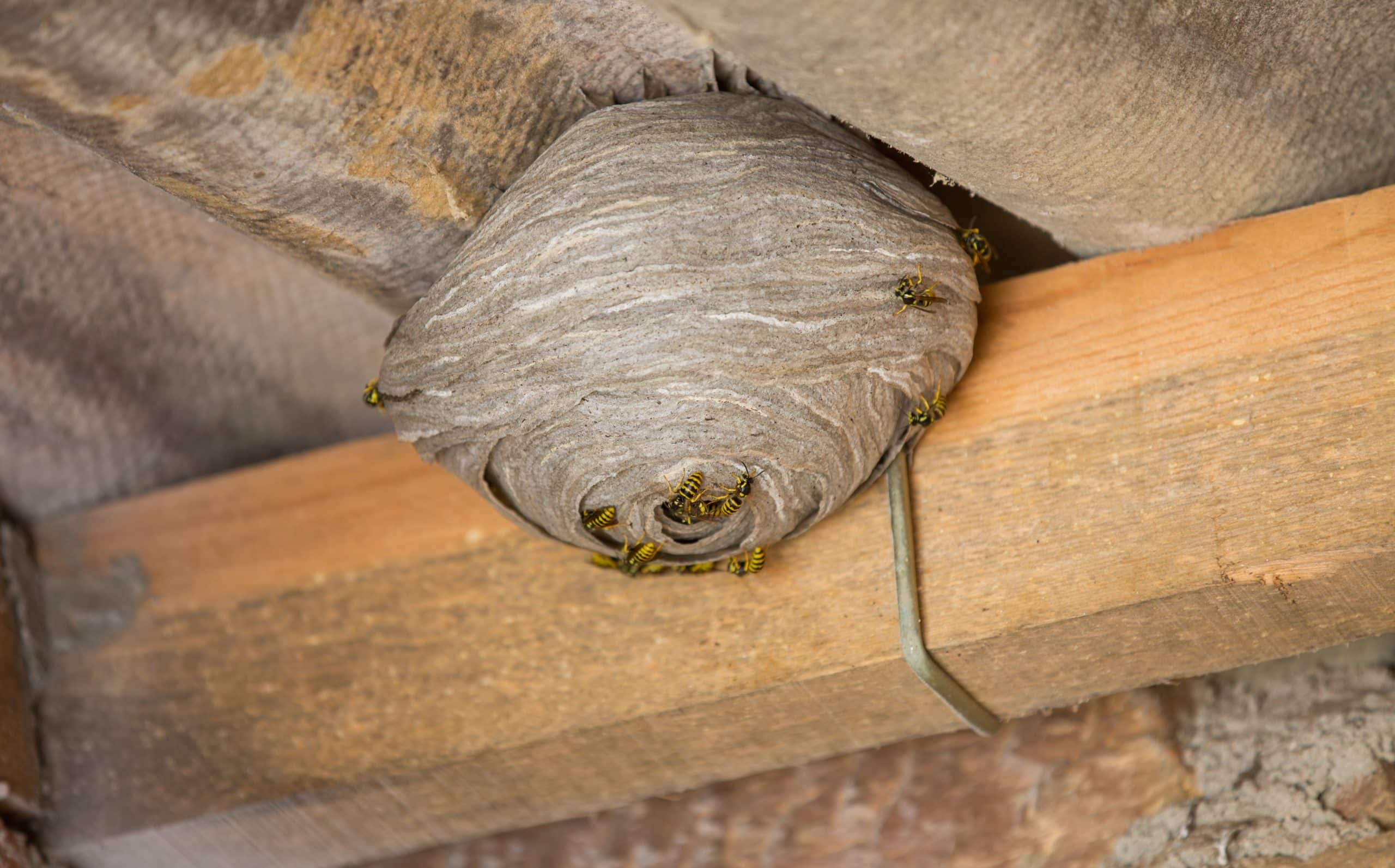
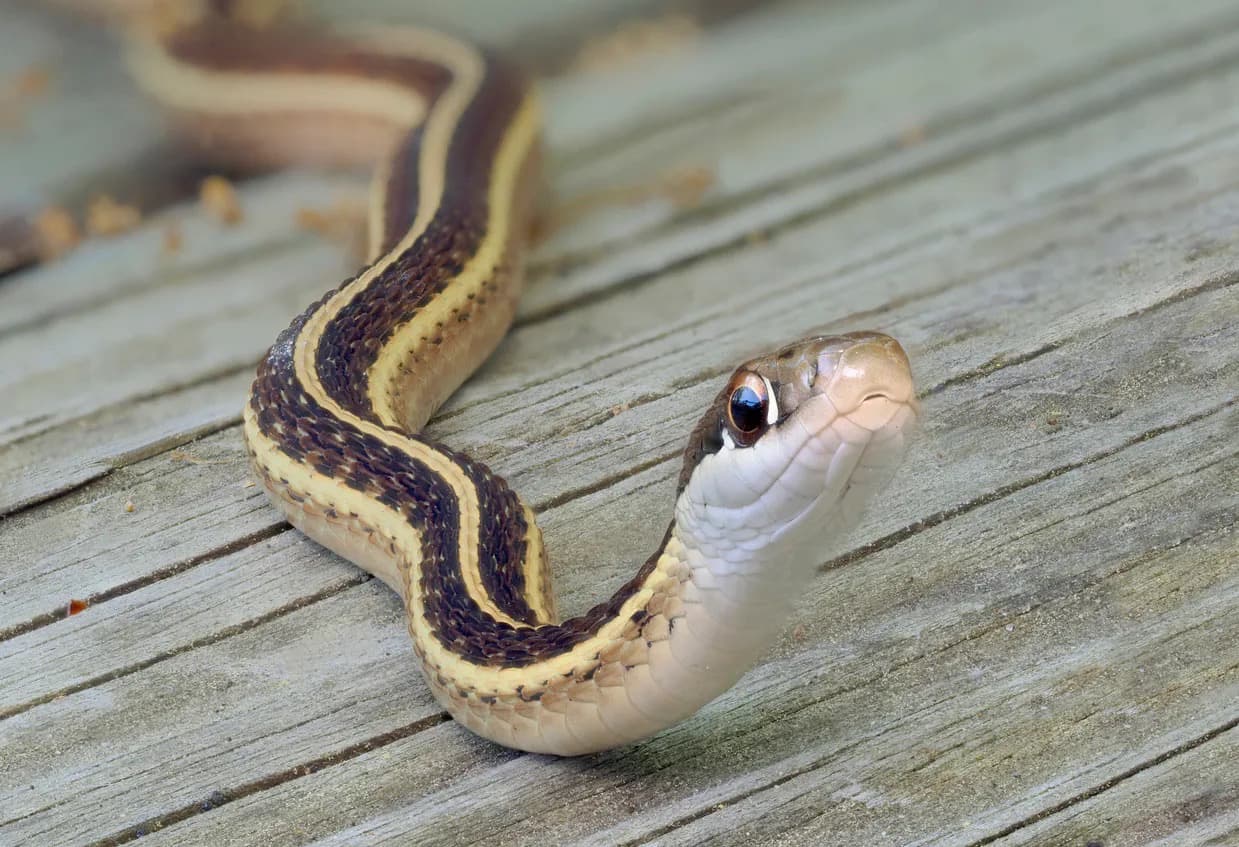
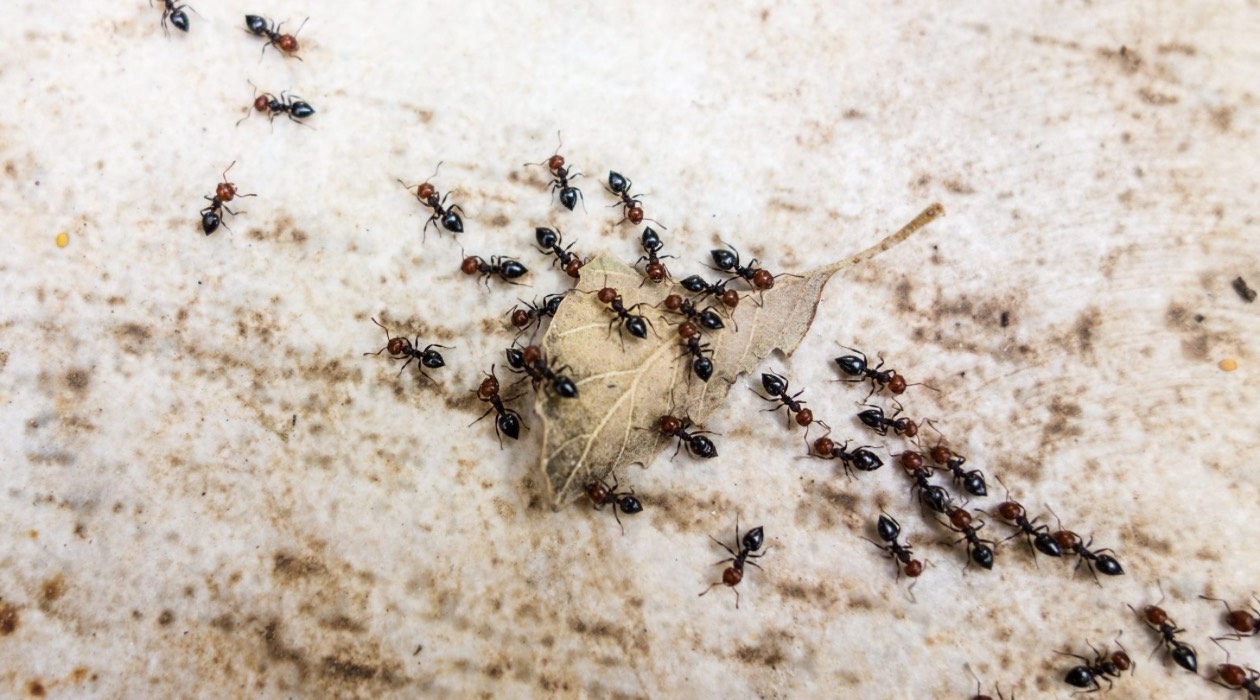

0 thoughts on “How To Get Rid Of Animals In The Attic”